Phaon Crescent
Atala Butterfly
Pearl Crescent Butterfly
Eastern Black Swallowtails
Black Swallowtail (Eastern)
Eastern Black Swallowtails, Papilio polyxenes, are also known as American swallowtails. They are commonly found throughout Florida in gardens, along the sides of roads, in pastures, and in parks. Three or more generations are produced each year.
A female black swallowtail lays a single yellow egg on a host plant in the carrot family. The caterpillar is green with black stripes and yellow spots. If parsley or dill was chosen as the host plant, the hungry parsley caterpillar will devour the plant in your garden.
Zebra Swallowtail Butterfly
Zebra Swallowtail Butterflies, Protographium Marcellus, can be found in scrubs, along waterways and roadsides, and near forests, With a wingspan of 2 1/2 to 4 inches, prominent black and white zebra stripes, long black tails bordered with white, and a red median stripe, these beautiful native butterflies are hard to miss.
Consider planting the butterfly’s larval host plant, a Pappaw tree, in your garden to attract Zebra Swallowtail Butterflies to your outdoor space.
Viceroy Butterfly
White Peacock
White Peacocks, Anartia jatrophae, are common butterflies found on roadsides, near the edges of ponds and wetlands, and in fields and parks with low growing vegetation. They can be seen year-round flying low to the ground where their favorite low-growing nectar plants thrive.
White Peacocks lay a single egg on or near a host plant such as frogfruit or water hyssop. They live for about 4 months and their wingspan reaches 2 – 2.75 inches.
Butterfly Weed
Butterfly weed, Asclepias tuberosa, is also known as Butterfly milkweed. It is the most popular native species of milkweed in Florida. This hardy perennial grows 1-2 feet tall and is abundant throughout Florida. Its bright orange flowers bloom in late summer through fall and attract a variety of pollinators.
Butterfly weed is readily available at native plant nurseries. Once established, it thrives in dry, sandy soil in sun or part shade. Monarchs rely on milkweeds in the genus Asclepias for their survival since it is the only plant monarch caterpillars will eat. Plant some in your wildflower garden to attract butterflies, bees, and hummingbirds.
Cassius Blue
Cassius Blue (Leptotes cassius) is a common but beautiful little butterfly. It can be found in scrubs, open fields, or residential areas. They lay their eggs on flowers rather than leaves. Larvae feast on the leaves and seeds. They are small butterflies and can often be mistaken for a dried leaf. This little one was resting on a Simpson stopper and enjoying the sun.
Florida Leafwing
The Florida Leafwing (Anaea troglodyta floridalis) is native to Florida. It can be found in the pine rocklands of Florida. The Leafwing was once found throughout Miami -Dade, and Monroe counties. This imperiled butterfly is now found in only one place on Earth, the Everglades National Park. The causes of its decline are the destruction of pine rockland habitat, the introduction of exotic plants and insect species, fire suppression, the use of insecticides for mosquito control, and collecting.
When in flight, the Florida leafwing’s upper side of its wings is red or bright orange. At rest, the lower side of the wings are visible and are brown or gray, which makes the butterfly look like a dead leaf. The front wing is slightly hooked, and the back wing has a pointed tail. Its dead leaf coloration is effective camouflage in its rockland habitat. A leafwing’s wingspan is between 3 to 31/2 inches wide.
Eggs are laid on the leaves of the host plant so caterpillars can eat the leaves. Young caterpillars will make a resting perch from a leaf vein. The older caterpillars live in a rolled-up leaf.
Florida leafwing caterpillars feed only on pineland croton (Croton linearis), its larval host plant. This shrub grows in the understory of pine rockland habitat. Leafwings are dependent on the health of their host plant. The croton and other plants in the pine rockland are dependent on fire to maintain an open rockland where it reduces the competition and infestation of non-native species.
The Florida Leafwing is federally endangered. Scientists at the Everglades National Park are working with conservation groups to ensure that the endemic Florida leafwing does not disappear into extinction.
Photo credit: USFW
Schaus’ Swallowtail
The Schaus’ Swallowtail (Heraclides aristodemus ponceanus) is a large black and yellow butterfly endemic to Florida. This butterfly is found only in Florida and is restricted to intact tropical hardwood hammocks.
The Schaus’ swallowtail was listed as a federally threatened species on April 28, 1976. It was reclassified as a federal endangered species on August 31, 1984. Population estimates range from 800 to 1200 individuals. It remains the only federally listed butterfly in Florida.
Once ranging from the Miami area south through the Florida Keys, the Shaus’ swallowtail is currently restricted to only a few remnant tropical hardwood hammock sites on the south Florida mainland, northern Key Largo, and several small islands within Biscayne National Park. Adults fly slowly and leisurely and are very adept at flying through the dense hardwood hammock.
Adults have a wingspan range of up to 2.3 inches with females being the largest. Males have yellow-tipped antennae. Their wings’ upper surface is black with a row of yellow or white spots and a broad yellow or white band. The hindwing tails are outlined in yellow. The undersides of the wings are yellow with brown markings and a broad blue and rust-colored band.
The Schaus’ swallowtail produces one generation each year from April to July with the peak time occurring typically from mid-May to mid-June. Adult emergence and reproduction are correlated with the beginning of the Florida rainy season. However, the pupae may remain in diapause for more than one year if optimal weather conditions are not present. Females lay green eggs singly on new growth. The developing larvae then feed on the young growth.
Listed as an endangered species, threats to the remaining population include the loss of genetic diversity due to inbreeding, climate-related impacts such as drought, habitat disturbance from fire, tropical storms or hurricanes, mosquito spraying, and loss of habitat. Hurricane Andrew left behind only 73 butterflies in 1992 after sweeping through the butterflies’ home range. Because their habitat is limited, it is possible that a single hurricane can make the Schaus’ Swallowtail extinct. However, the protected status and their rebounding numbers after Hurricane Andrew bring renewed hope that this gorgeous butterfly will survive and thrive in our beautiful state.
Photo credit:entnemdept.ufl.edu
Miami Blue Butterfly
Miami Blue Butterflies (Cyclargus thomasi bethunebakeri) are as big as a blueberry and have a dandelion puff’s weight. They were once found abundantly through 700 miles of Florida coastline, up and down both Florida’s coasts and the Florida Keys. Their preferred habit is the beach berm. These butterflies pollinate the shoreline which helps prevent shore erosion. Due to the development and remodeling of the natural seashore and mosquito control spraying, Miami blues were unofficially declared extinct after Hurricane Andrew wiped out their last known colony in 1992.
Wildlife biologists found a couple of small populations in an uninhabited island in the Florida Keys Wildlife Refuge and began a breeding program. The butterfly uses two coastal plant species to lay its eggs, blackbead and gray nickerbean. Each can be found in abundance on many of the untouched Key Islands. These plants are ideal for the butterfly which feeds on new growth found on the branch end in its caterpillar stage.
Adult Miami blues have a lifespan of between one and two weeks. They will stay within 30 feet of their birthplace. During that time, the females will lay between 20 and 100 eggs a day on host plants. It is suspected that when there is no new growth on the plants for them to feed on, ants colonies are store the butterfly eggs until more favorable conditions arise for them to hatch and become caterpillars. In exchange for this, the ants receive a sweet sugar substance from the caterpillar cocoon and do not harm it.
Miami blues are an endangered species and part of a 25-year long conservation effort. Vulnerable to hurricanes and climate change, this endemic butterfly can now be found only in Key West National Wildlife Refuge.
Photo: Mark Yokoyama
Gulf Fritillary Butterfly
The Gulf Fritillary Butterfly (Agraulis vanillae) can be seen playfully frolicking throughout Florida from forest floors to urban landscapes. The life of a Gulf Fritillary usually starts as the tiny larvae emerge from their eggs, which the mother usually lays on a passionflower vine. This little red caterpillar with black spikes quickly begins munching on the passionflower leaves. In about 20 days, the caterpillar goes into its chrysalis to pupate. You can see in this first picture the Chrysalis is forming by breaking the skin. The exoskeleton of the caterpillar will form the chrysalis, which looks like a dried leaf. This camouflage helps protect the caterpillar during this vulnerable stage. In about 5 days, the butterfly will emerge with its beautiful red, black, and white wings. When the butterfly is ready, it will search for a mate who will help bring about the next generation of Gulf Fritillaries. These butterflies can mate while in flight, and it can be fascinating to watch their graceful dance.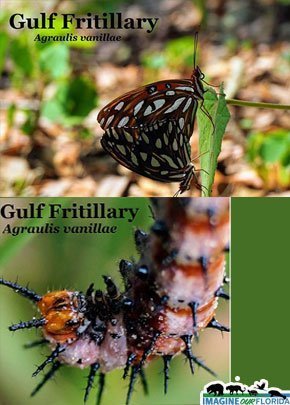
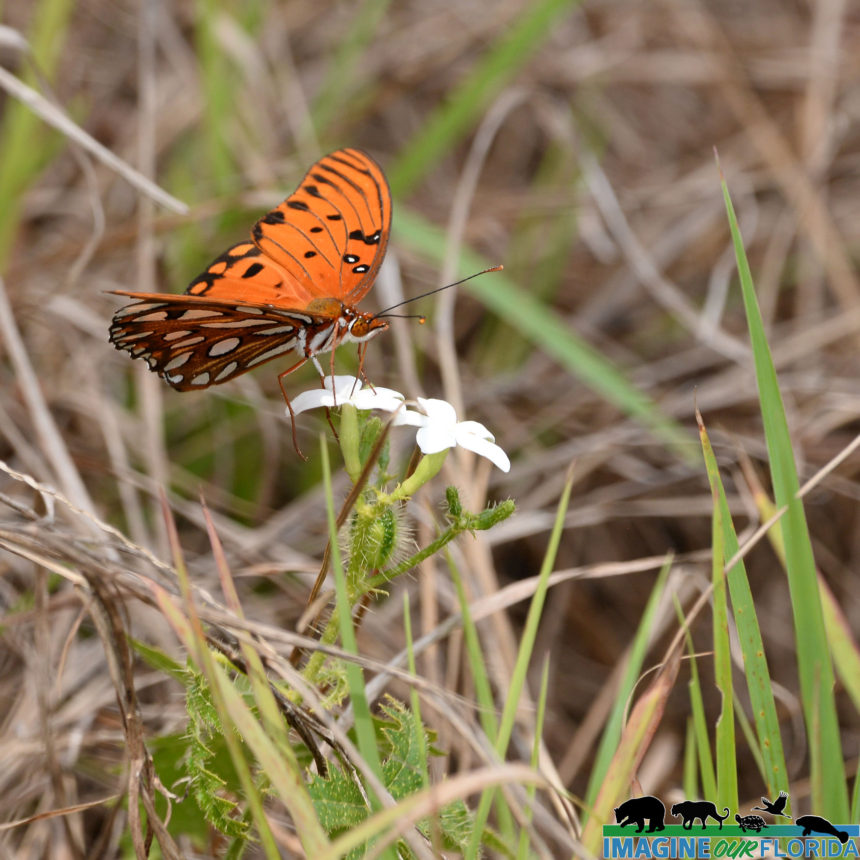

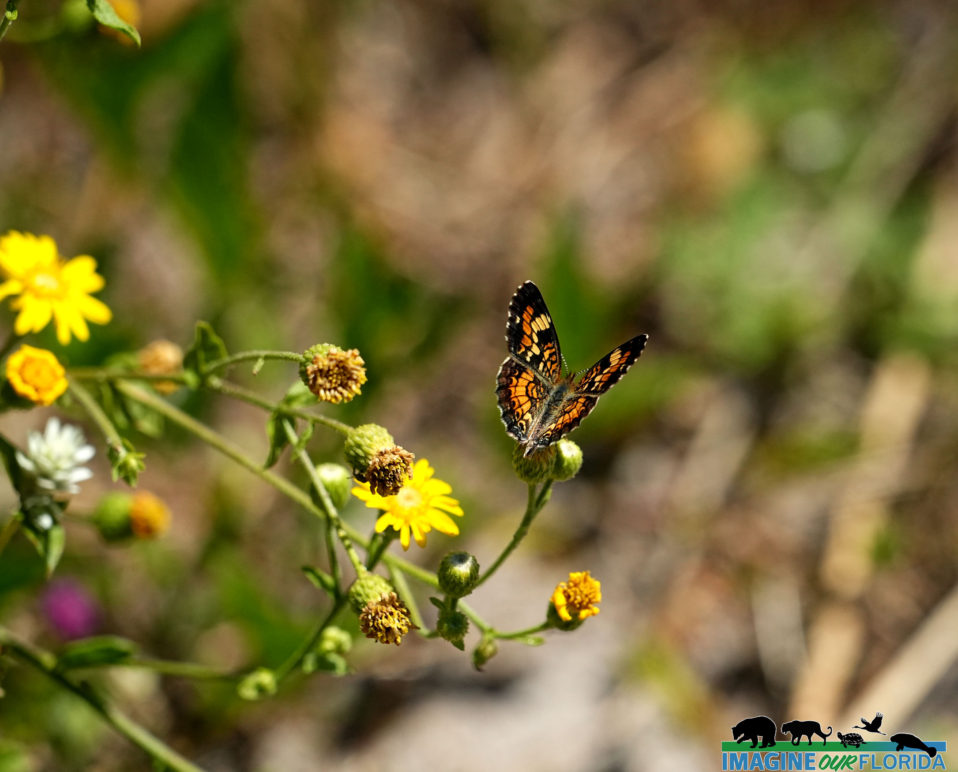
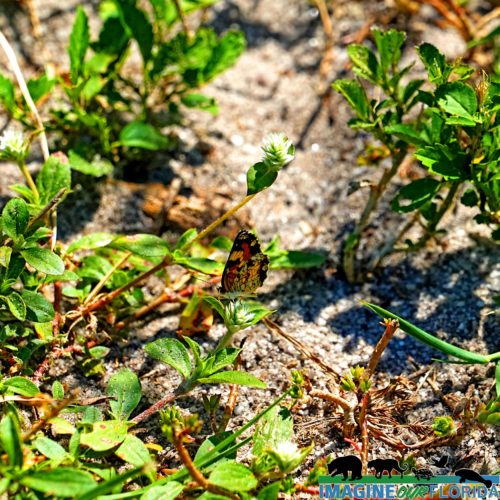
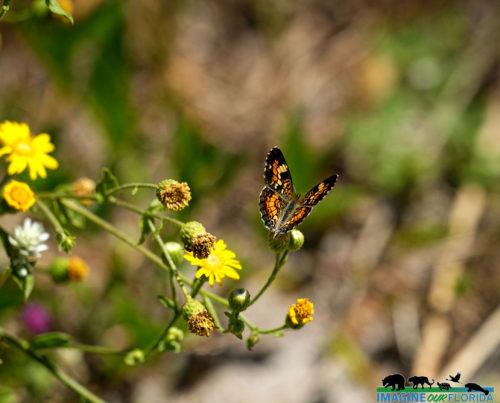
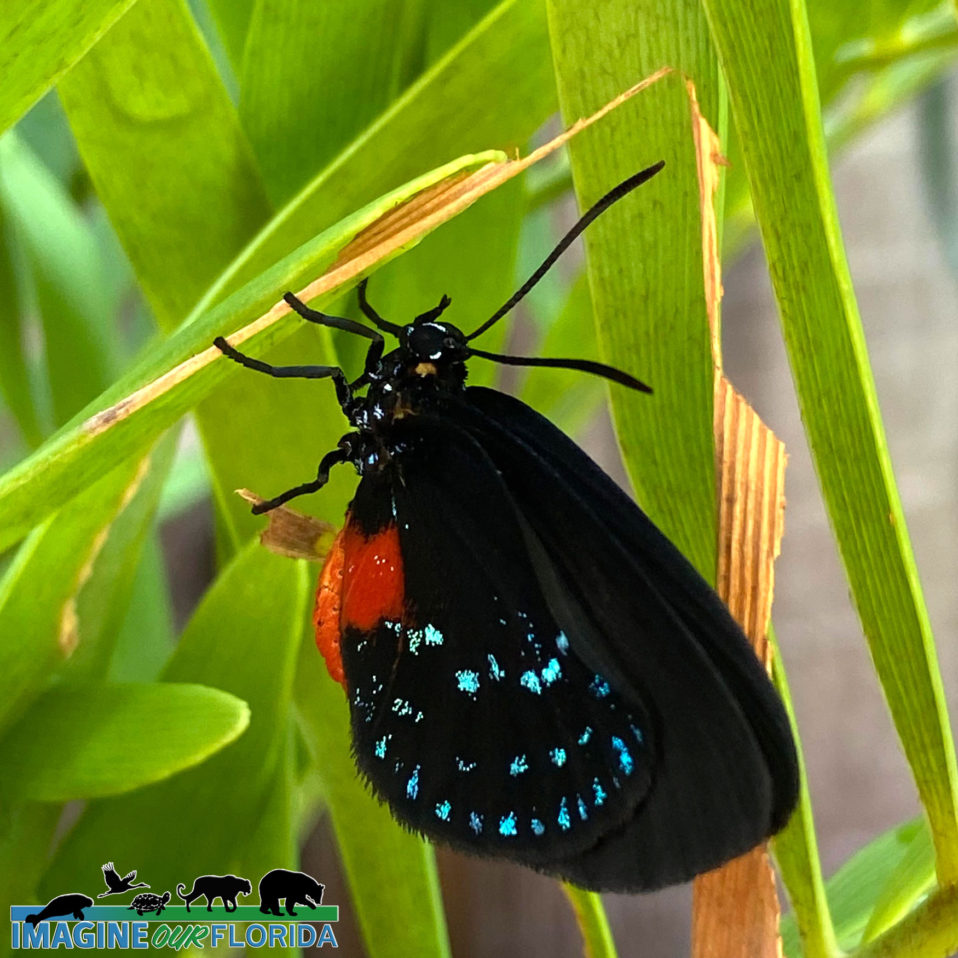
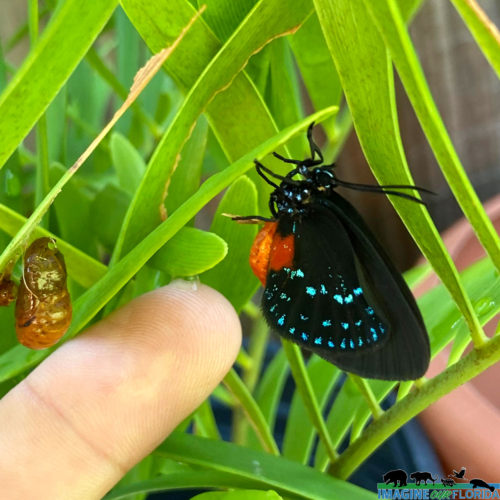
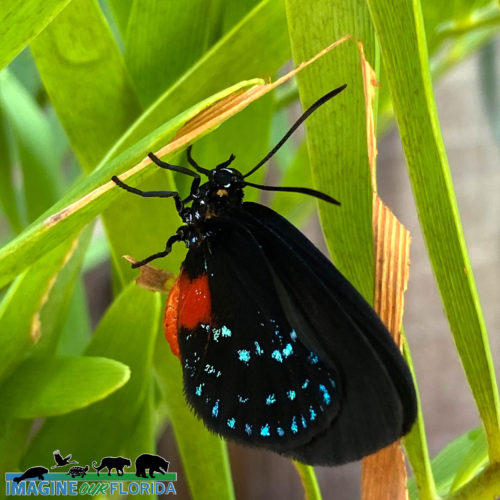
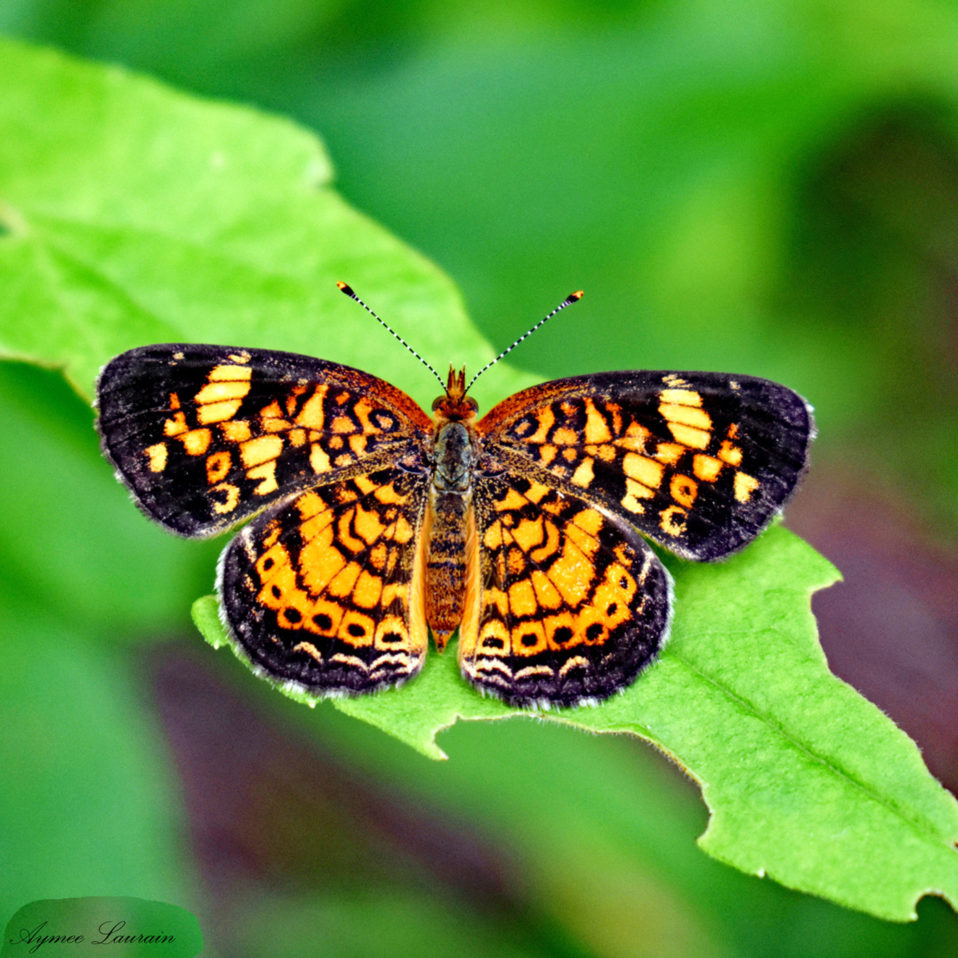
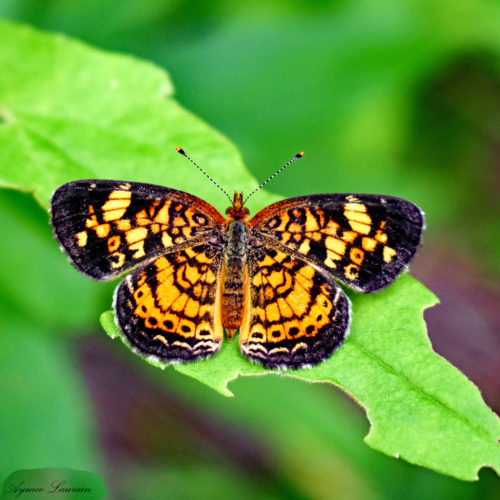
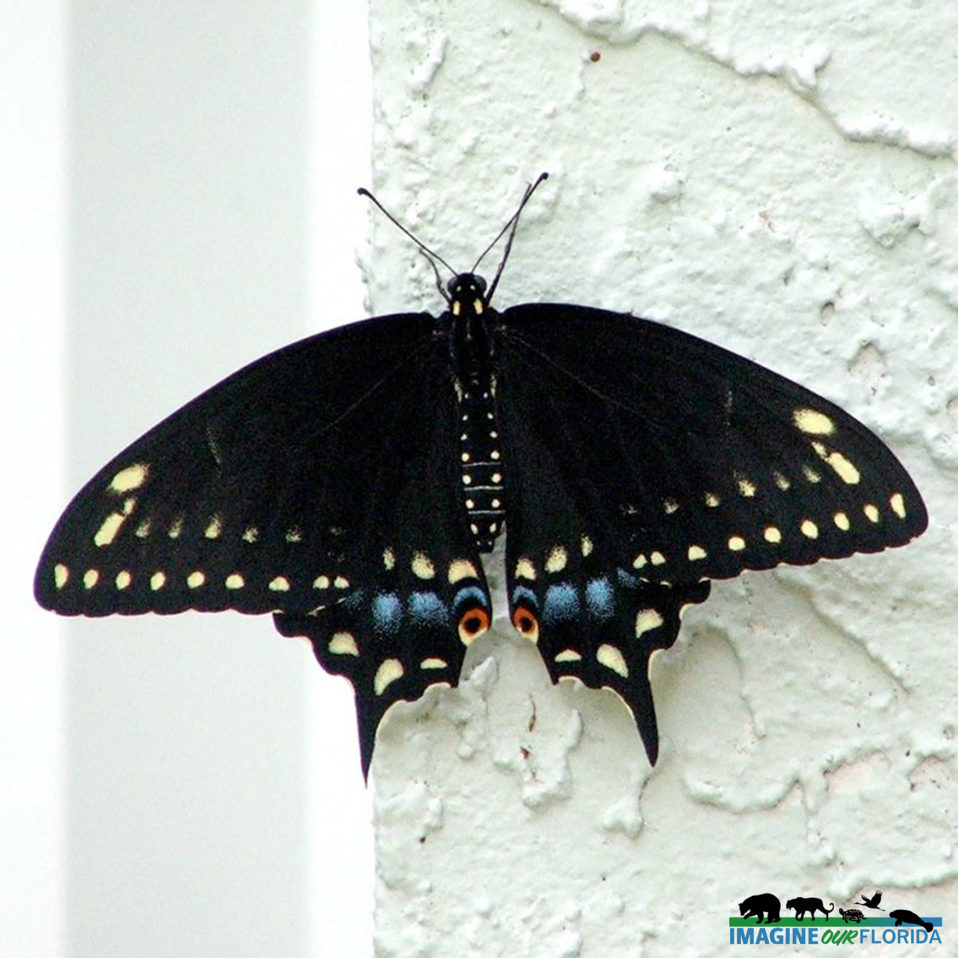
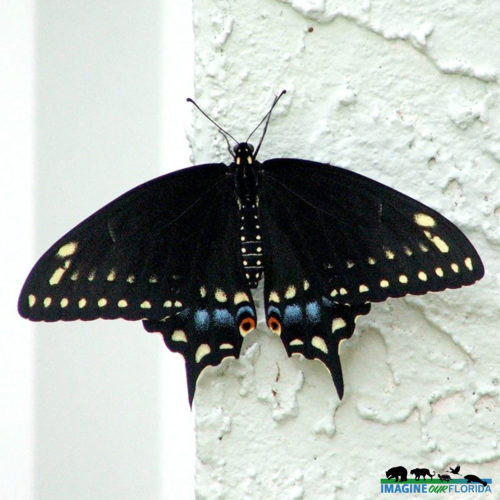
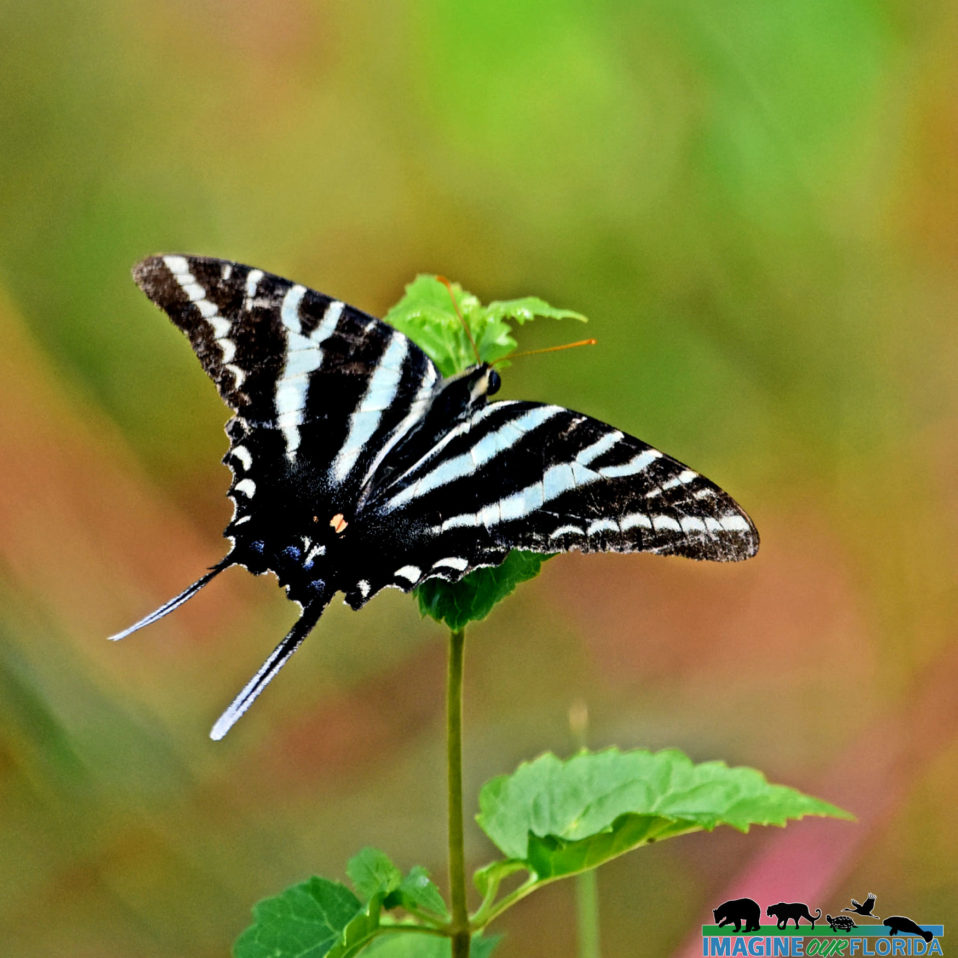
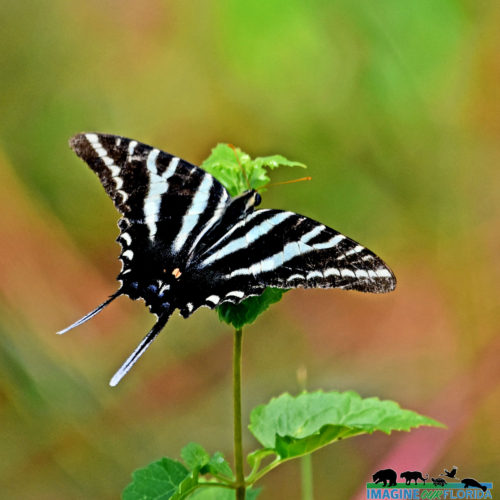
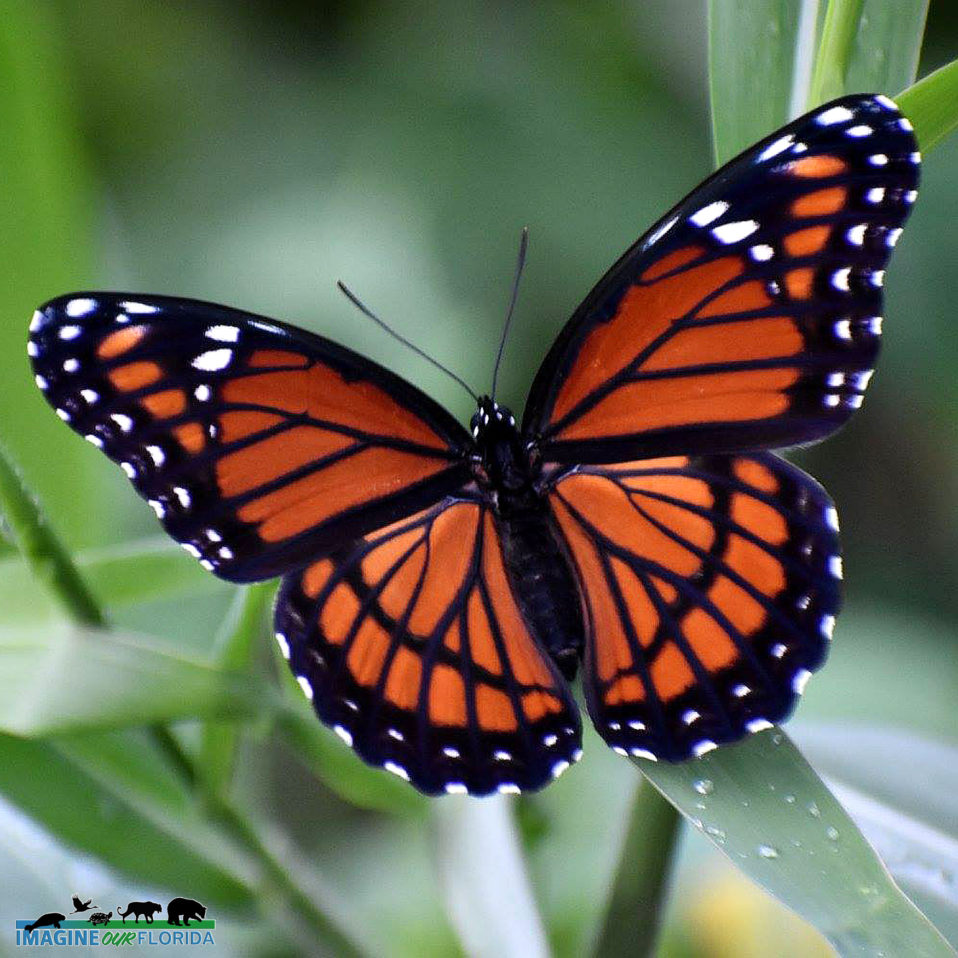
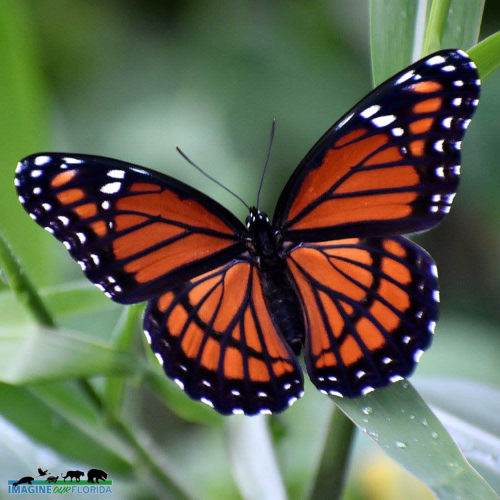
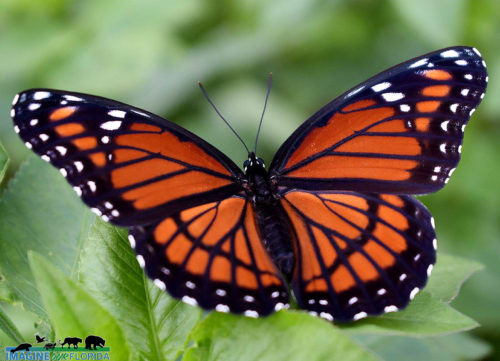
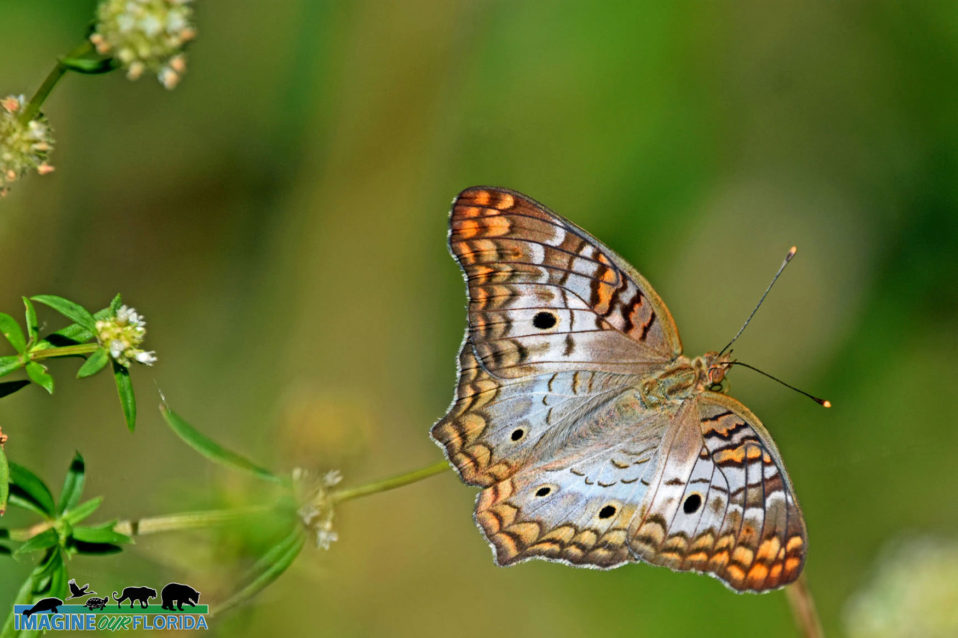
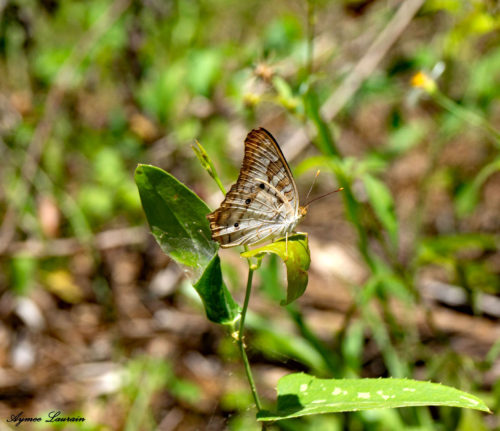
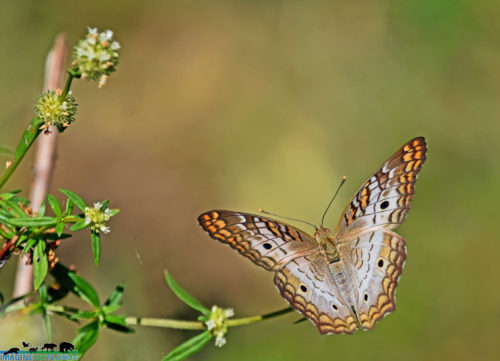
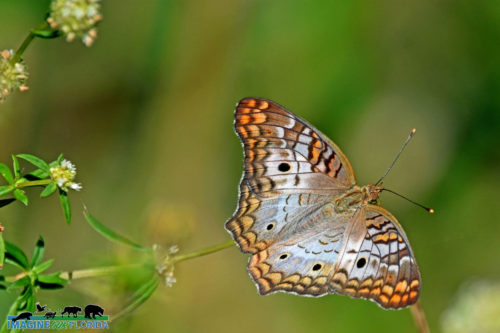
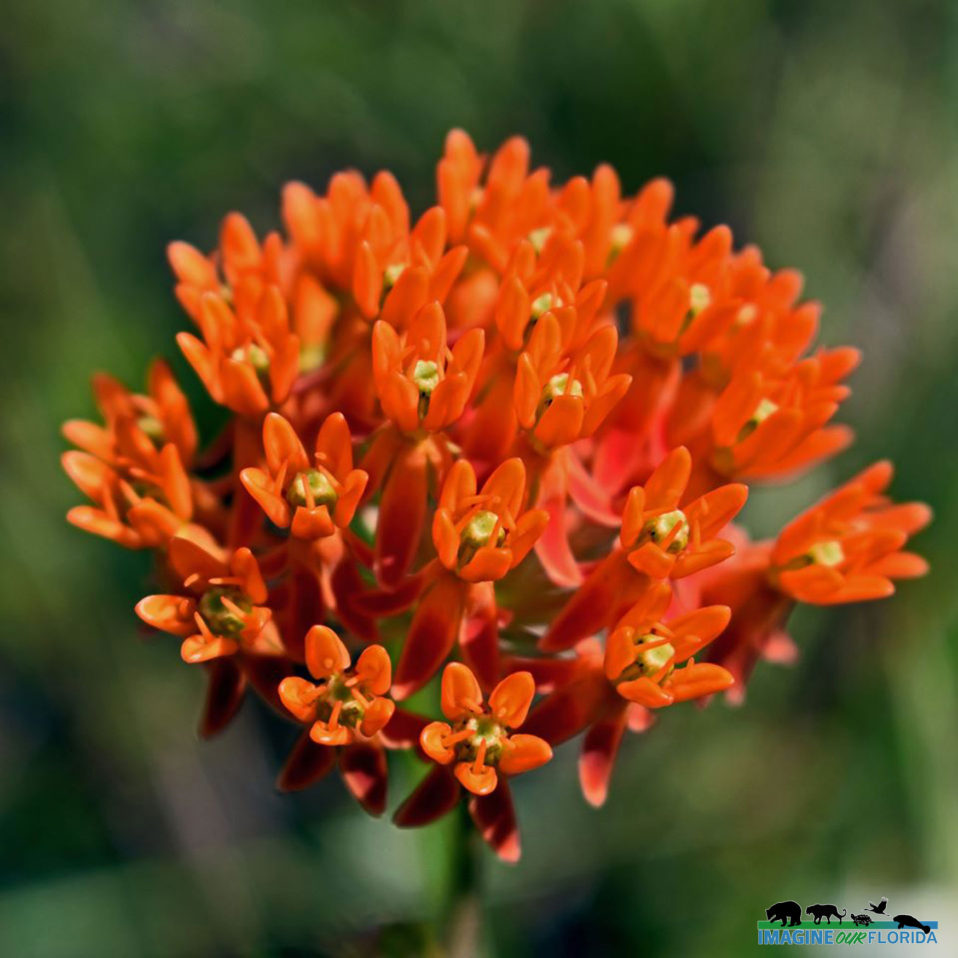
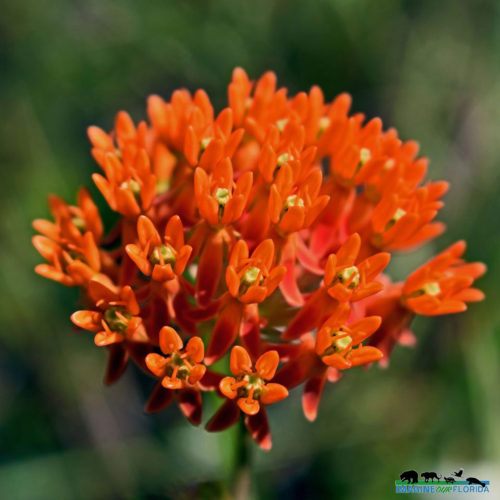
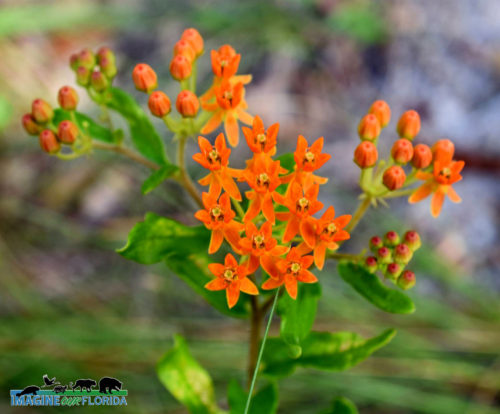
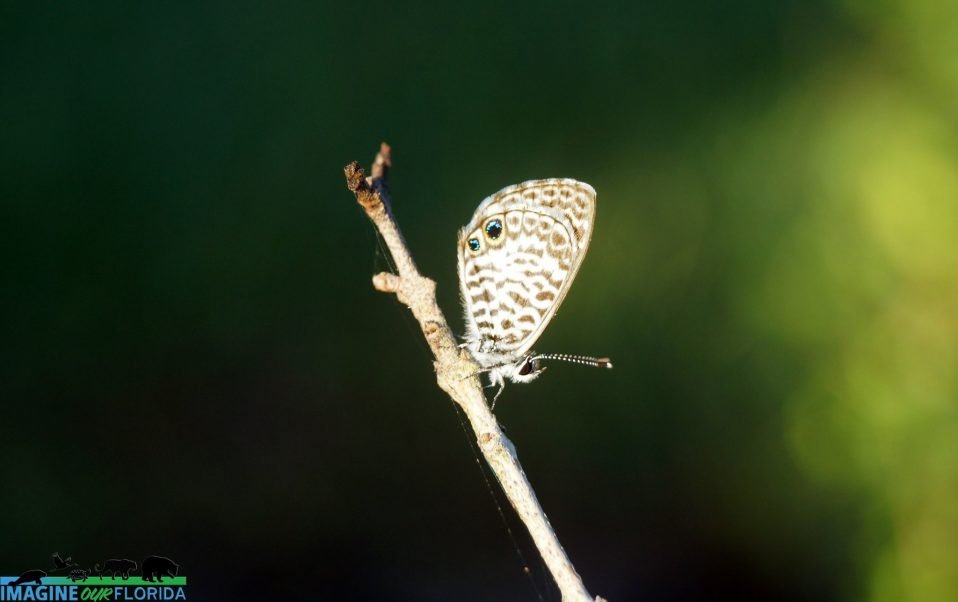
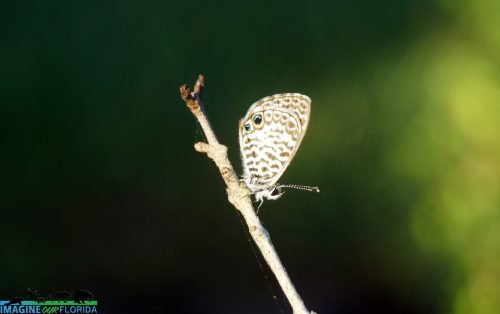
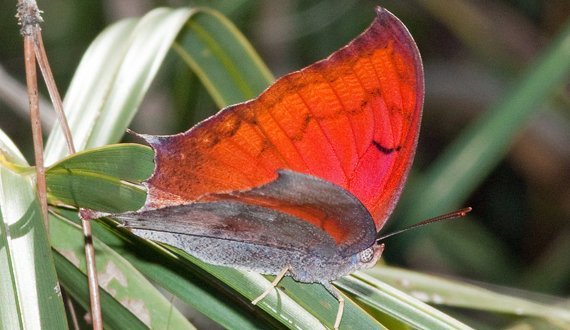
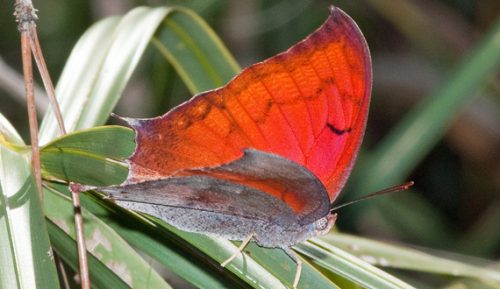
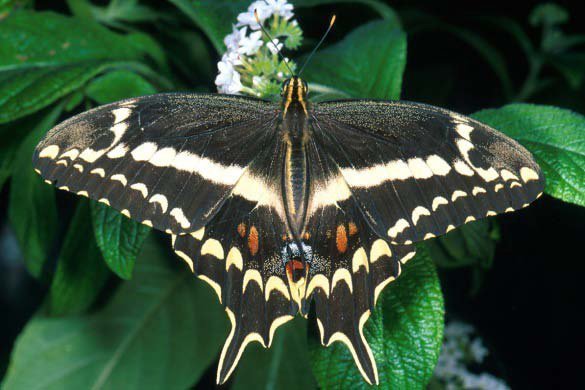
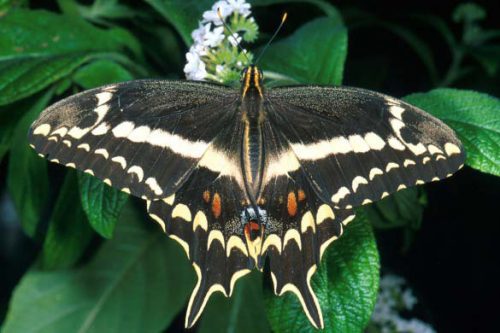
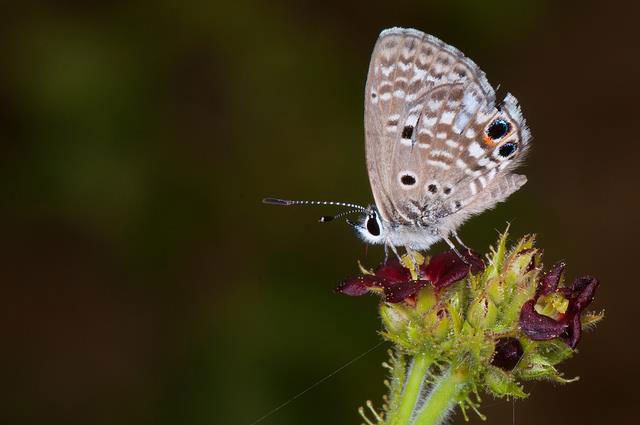

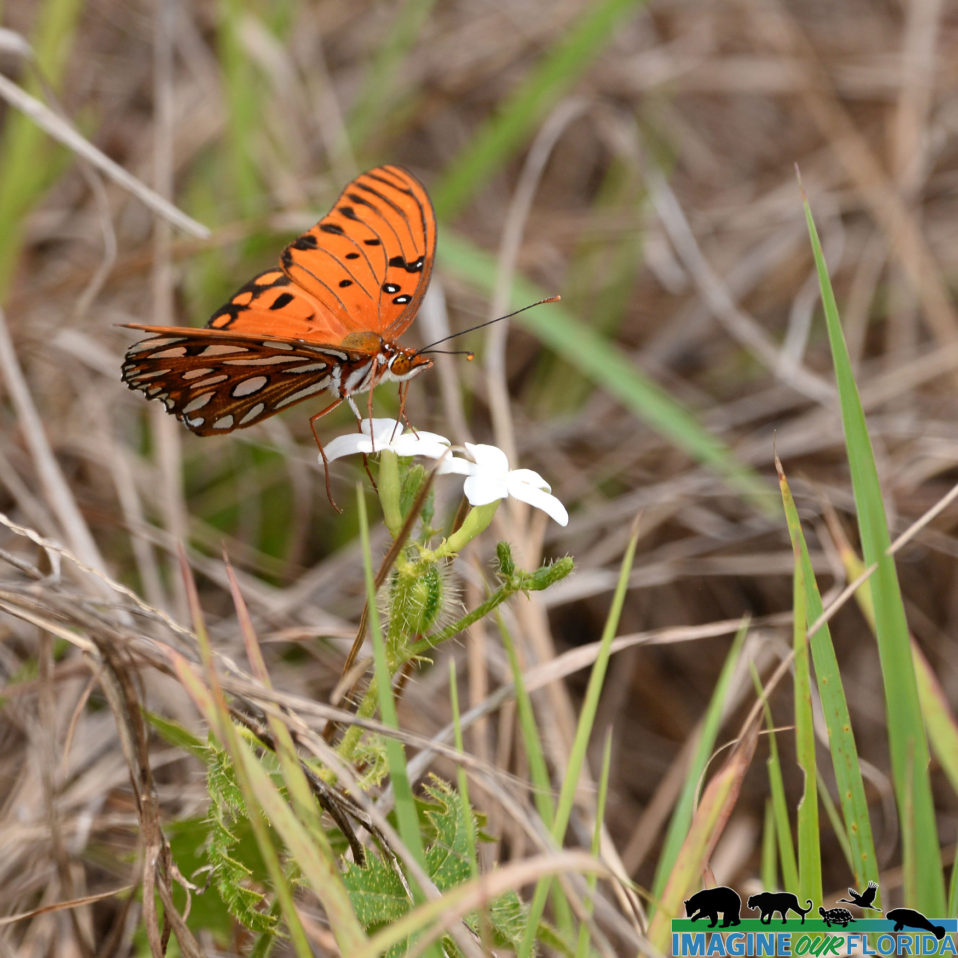
Recent Comments